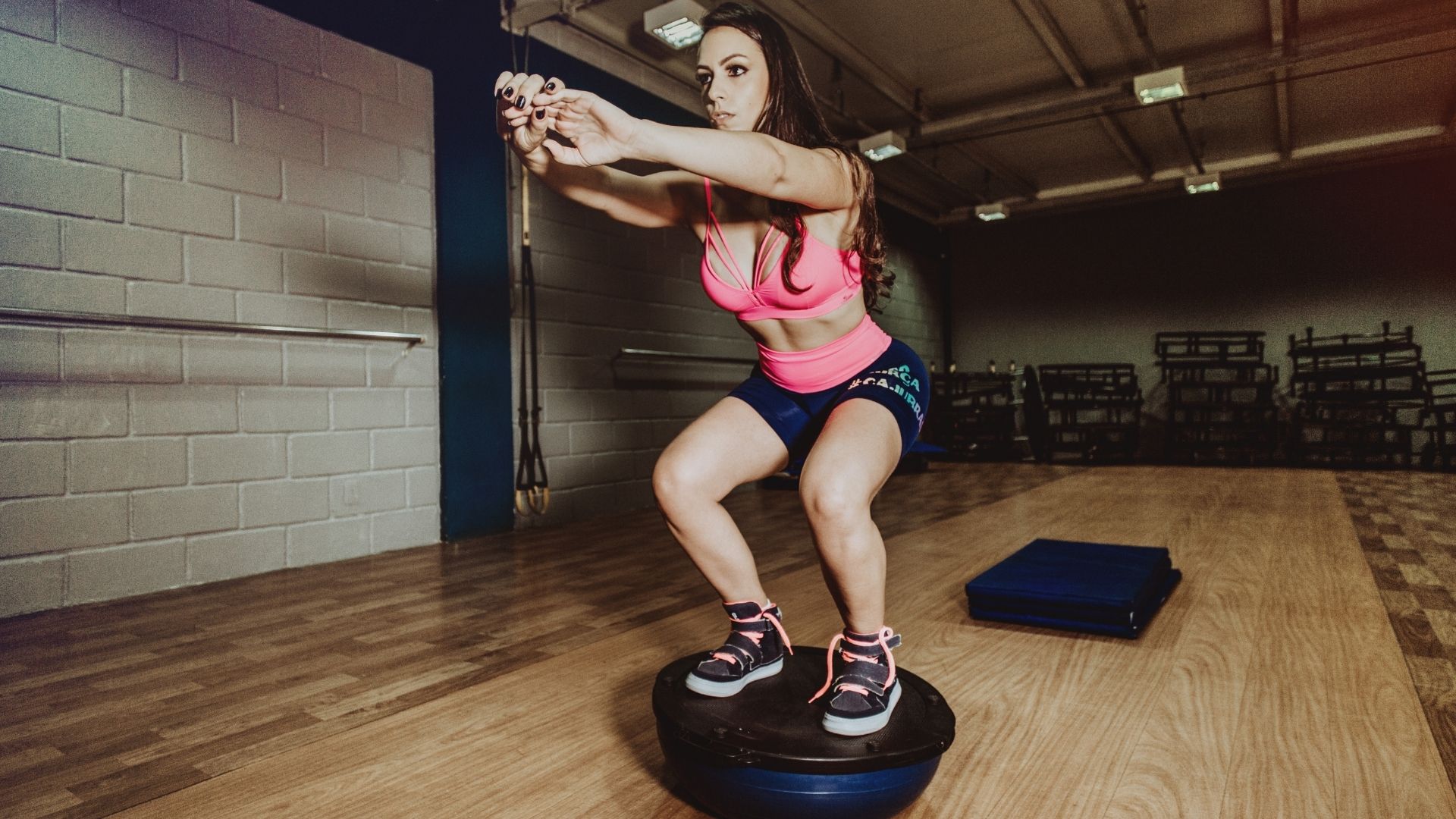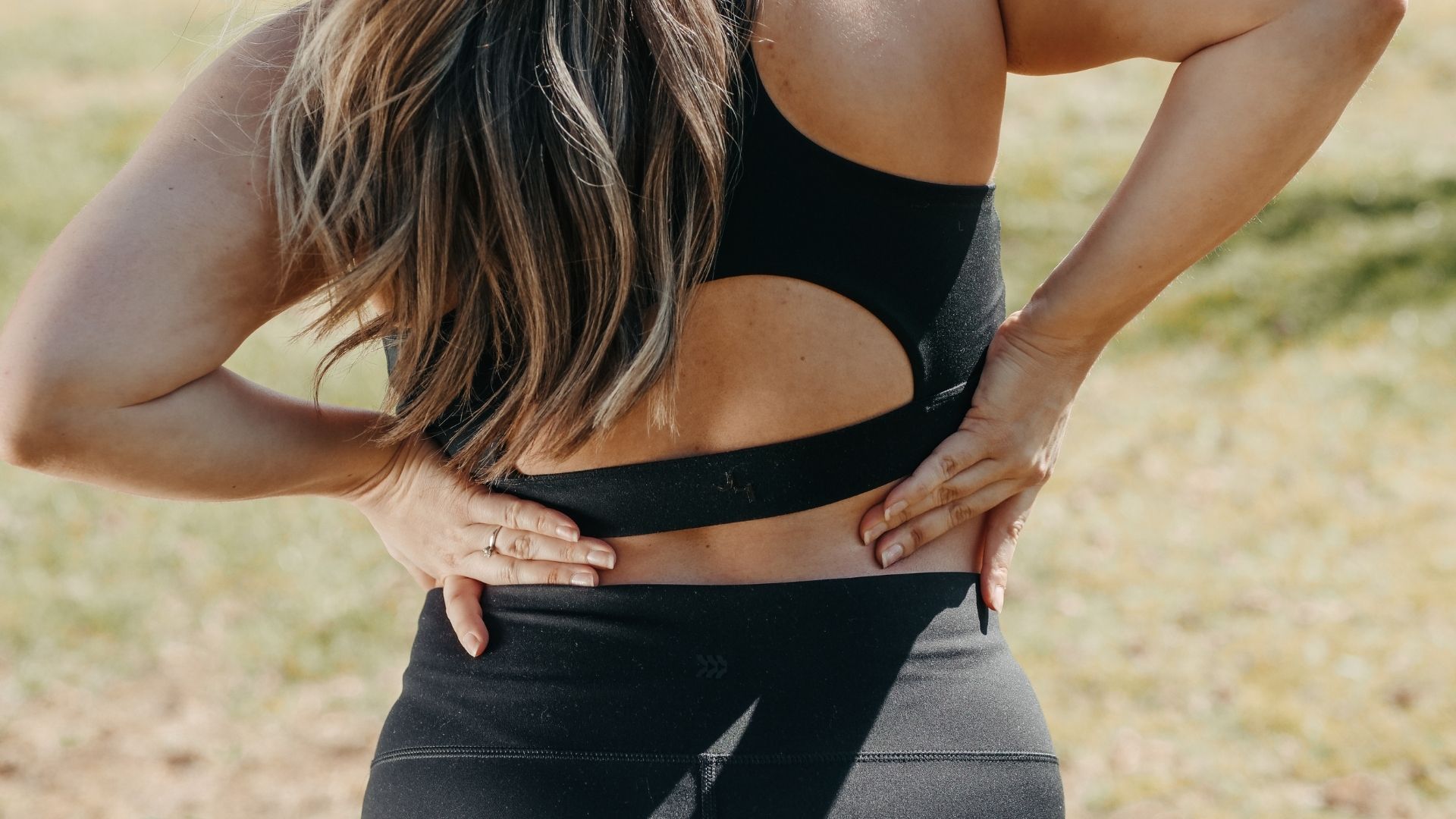Squats are a popular exercise that targets various muscle groups in the lower body, including the quadriceps, hamstrings, and glutes.
However, many people may also experience a burning sensation in their oblique muscles while performing squats.
In this article, we will explore the reasons behind this phenomenon and understand how squats can engage and challenge the oblique muscles.
Whether you’re a fitness enthusiast or a beginner looking to understand the mechanics of squats, this article will provide you with valuable insights and answers to frequently asked questions.
Feeling a burn in oblique muscles in squats
During squats, the primary focus is on the quadriceps, hamstrings, and glutes. However, the oblique muscles on the sides of your abdomen may also engage to stabilize your torso and prevent excessive twisting. Factors such as core engagement, breathing technique, and certain squat variations like overhead or single-arm squats can increase oblique activation. If you feel a burn in your obliques during squats, consult a fitness professional for proper form to avoid muscle strain or injury.
Core engagement
When performing squats, a strong core is essential for maintaining balance and stability throughout the movement.
As you descend into the squat and rise back up, your oblique muscles play a crucial role in stabilizing your torso and keeping your body aligned.
Here’s a breakdown of how your obliques contribute to core engagement during squats:
Stabilizing the torso:
The oblique muscles, located on the sides of your abdomen, help prevent excessive twisting or bending of your torso during squats.
They work in conjunction with other core muscles, such as the rectus abdominis (six-pack muscles) and transverse abdominis, to provide stability and control.
Maintaining spinal alignment:
Your obliques assist in maintaining proper spinal alignment during squats.
They help counteract any lateral forces or rotations that may occur, ensuring your spine remains straight and aligned throughout the movement.
Counterbalancing the weight:
If you’re performing weighted squats, such as barbell squats, your obliques help counterbalance the weight on your back or in front of your body.
By engaging the obliques, you create tension and stability in your core, allowing you to better support the load and maintain an upright posture.

Examples of oblique engagement during squats:
Barbell squats:
When performing barbell squats, the weight is placed on your upper back. As you descend and ascend, your obliques engage to stabilize your torso and prevent lateral movements or rotation.
Goblet squats:
In goblet squats, you hold a kettlebell or a dumbbell in front of your chest. This front-loaded position challenges your core stability, and your obliques work to counterbalance the weight and maintain proper alignment.
Single-arm or overhead squats:
These variations involve asymmetrical loading or added complexity with an overhead position.
As a result, your obliques play an even more significant role in stabilizing your body, counteracting any imbalances, and preventing excessive lateral or rotational movements.
Remember, proper form and technique are crucial to effectively engage your obliques during squats.
Breathing technique.
Proper breathing technique during squats involves taking a deep breath and bracing your core.
This technique helps create intra-abdominal pressure, which stabilizes your spine and enhances overall core engagement.
When you take a deep breath, your diaphragm contracts and your abdomen expands, allowing you to fill your lungs with air.
Here’s an explanation of how this breathing technique activates your obliques:
Core stability:
When you take a deep breath and brace your core, your obliques contract along with other core muscles.
This contraction creates a stable foundation for your torso and helps maintain proper alignment throughout the squat movement.
Intra-abdominal pressure:
Deep breathing combined with core bracing increases intra-abdominal pressure. This pressure acts as a natural weight belt, supporting your spine and reducing the risk of injury.
As your obliques contract to create stability, they contribute to the generation and maintenance of this pressure.
Enhanced muscle activation:
By engaging your obliques through proper breathing and core bracing, you increase their overall activation during squats.
This increased activation can contribute to a greater sensation of muscle burn in the oblique muscles.
Example of breathing technique during squats:
- Before initiating the squat, take a deep breath in through your nose, allowing your abdomen to expand fully.
- As you descend into the squat, maintain the deep breath and hold it while bracing your core. Imagine pulling your belly button in towards your spine.
- Keep your core engaged and continue holding your breath until you start ascending from the squat.
- Exhale forcefully through your mouth as you complete the upward phase of the squat.
By employing this breathing technique, you create a stable and supportive core, which enhances your overall squat performance and engages your oblique muscles more effectively.
However, it’s important to note that holding your breath for too long or improper breathing patterns can lead to excessive strain and may not be suitable for everyone.
It’s always recommended to consult with a fitness professional to ensure you’re using the correct breathing technique that suits your individual needs and abilities.
Squat variation.
Certain squat variations can increase the demand on your oblique muscles due to the increased need for stabilization and engagement of a wider range of muscles.
Here’s an explanation of how specific squat variations target your obliques:
Overhead squat:
In the overhead squat, you hold a barbell or a weighted object overhead while performing the squat.
This variation challenges your core stability and requires your obliques to engage to a greater extent.
The overhead weight creates an upward force that can cause your torso to lean forward or to the sides if not properly stabilized.
Your obliques work to counteract these forces and maintain an upright position, ensuring that your body remains aligned during the squat.
Single-arm squat:
During the single-arm squat, you hold a weight or kettlebell in one hand while performing the squat.
This variation introduces an asymmetrical load, which requires your obliques to engage in order to counterbalance the weight and prevent excessive lateral tilting or rotation.
Your obliques play a crucial role in maintaining stability and alignment as you squat with the weight on one side of your body.
Offset or unevenly loaded squats:
These variations involve holding different weights or placing additional resistance on one side of your body.
For example, you might hold a dumbbell or a weight plate on one shoulder while performing squats.
This imbalance in load challenges your obliques to stabilize your torso and prevent lateral bending or twisting.
By engaging your obliques, you maintain proper form and prevent the weighted side from pulling you out of alignment.
These squat variations not only target your oblique muscles but also engage a wider range of muscles throughout your body, including your shoulders, back, and hips.
By incorporating these variations into your workout routine, you can increase the overall demand on your core and promote balanced muscle development.
Remember to start with lighter weights and focus on maintaining proper form and technique when performing these challenging squat variations.
It’s advisable to seek guidance from a qualified fitness professional to ensure proper execution and minimize the risk of injury.
Here’s a tabular breakdown of why, how, what to consider, and an example regarding the activation of oblique muscles during squats:
| Why Obliques are Engaged in Squats | How Obliques are Activated | What to Consider | Example | |
|---|---|---|---|---|
| Why | Obliques aid in torso stabilization and prevent excessive twisting | Obliques contract to stabilize the torso | Engaging the core, maintaining proper form, and breathing technique | Performing overhead squats with a barbell |
| How | Obliques engage to maintain stability and alignment during squats | Deep breaths and core bracing activate obliques | Intra-abdominal pressure, maintaining spinal alignment | Holding a single dumbbell during a goblet squat |
| What | Oblique activation contributes to core engagement in squats | Squat variations that challenge balance and stability | Proper form, appropriate weight/load, avoiding excessive strain | Performing single-arm squats with a kettlebell |
| Example | Obliques engage in overhead squats to stabilize the torso | Deep breaths and core bracing during the squat | Maintaining proper alignment and preventing excessive twisting | Performing squats with an offset weight on one side |
This table provides a concise overview of why obliques are engaged, how they are activated, what factors to consider, and an example of specific squat variations that target the oblique muscles. Remember to prioritize proper form, seek guidance from a fitness professional, and listen to your body to ensure safe and effective squatting.
Conclusion.
In conclusion, squats primarily target the quadriceps, hamstrings, and glutes. However, the oblique muscles on the sides of your abdomen can also be engaged to some extent during squats to assist with stability and prevent excessive twisting. Factors such as core engagement, breathing technique, and specific squat variations can increase the activation of the obliques. If you experience discomfort or pain in your oblique muscles during squats, it is advisable to seek guidance from a fitness professional to ensure proper form and avoid any potential strain or injury.

Hey there, it’s Mike Rrsq, the Editor-in-Chief over at Jsquat.com, and I’m absolutely obsessed with all things squat fitness! I’ve been lucky enough to get some serious recognition for my work in this field. With a solid background in the fitness and wellness industry, I’ve been there right from the get-go, helping shape this website into what it is today.
You see, I’m not just the boss around here; I’m also a passionate contributor. I love sharing my insights through my articles, and trust me, they’re not your run-of-the-mill stuff. Each piece I write is a labor of love, filled with my expertise and real-world experience in the fitness universe. So, if you’re into fitness and looking for some inspiration, you’re in the right place!

